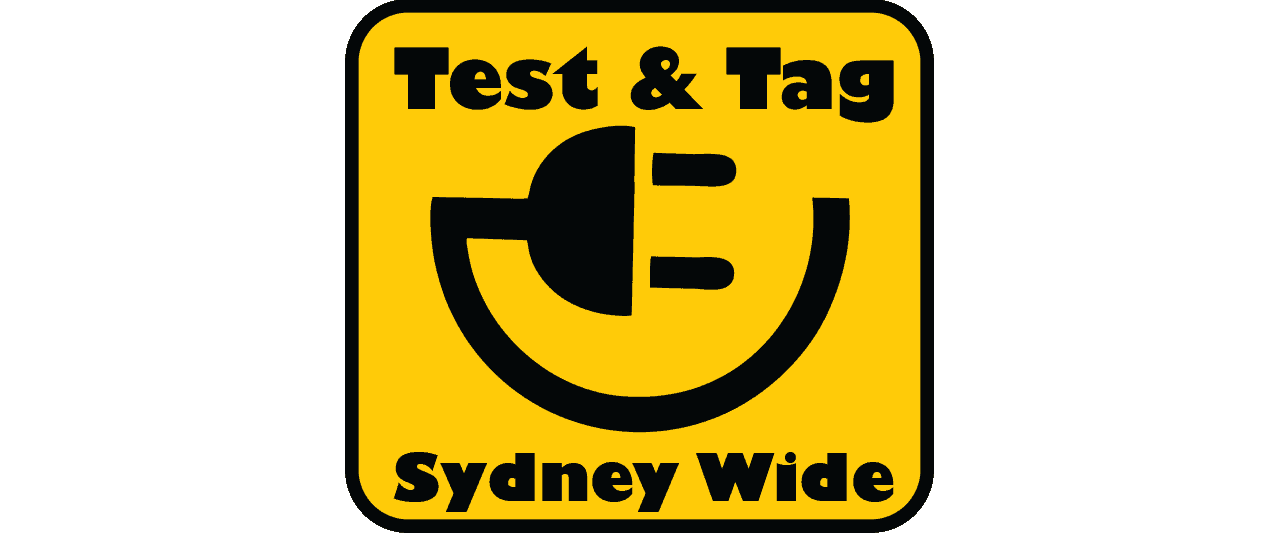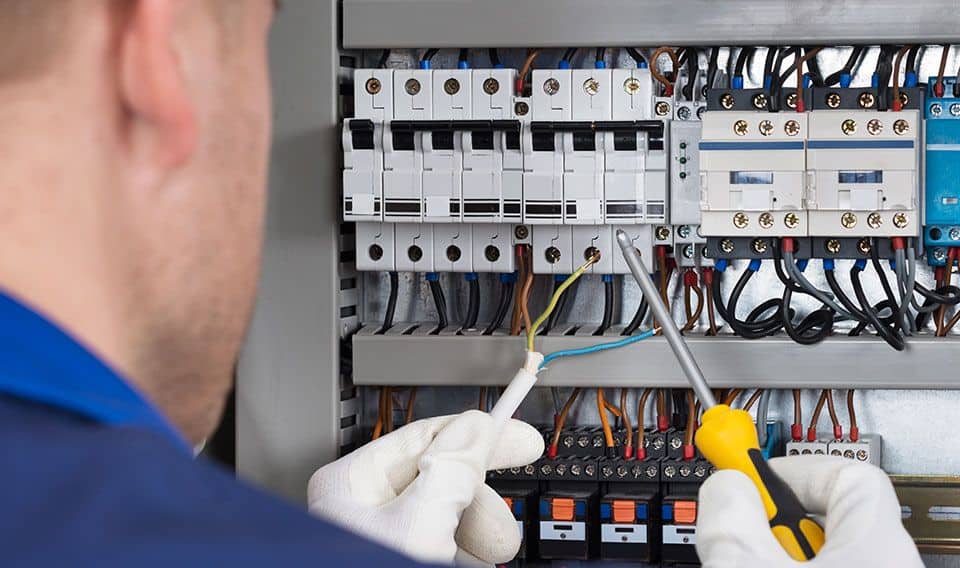What is Test and Tag?
Test and Tag is a process where each electrical equipment is checked to see whether it is safe to use or not. It complies with AS/NZS 3760, an electrical safety standard that requires regular inspection and testing of electrical equipment.
Only competent technicians can do this to guarantee that the job is thorough and done correctly. The business owner is responsible for making sure that the person they hire has had the proper training and licence to carry out the testing and tagging.
Testing and Tagging involves the following steps:
- Visual inspection
- Electrical testing
- Record keeping
- Tagging
A thorough visual inspection is conducted. It might uncover defects like signs of overheating, frayed cords, deformed and missing pins, or damage to the outer jacket.
The next step of the process is to test the item using specialised equipment to find any faults that were not detected during the visual inspection. The test devices used are an insulation resistance tester or a megger, continuity tester, multimeter, Portable Appliance Tester (PAT), and an RCD Tester (for testing the operation of a Residual Current Device). They check the item’s earthing continuity, insulation resistance, and leakage current.
It is imperative that the one who performed the tests give the business owner a copy of the report containing the outcome of the tests. These records should be kept for future reference. The report may contain the details of the contractor, test date, tag number, details of the item, test results (pass or fail), the frequency of re-testing, next re-testing date, and any recommendations from the technician.
Aside from the report, the contractor must also attach tags to the tested items. These tags should be durable, non-reusable, and non-metallic. It should show the name of the person or company who conducted the tests as well as the date when they completed it. If the item passed the tests, the tag should indicate the schedule of the next test. If the item failed the tests, the tag should state a warning for people not to use the equipment. The owner should then take it out of use. The requirements for inspecting and testing differ depending on the type of work they use the electrical equipment for.


Recent Comments